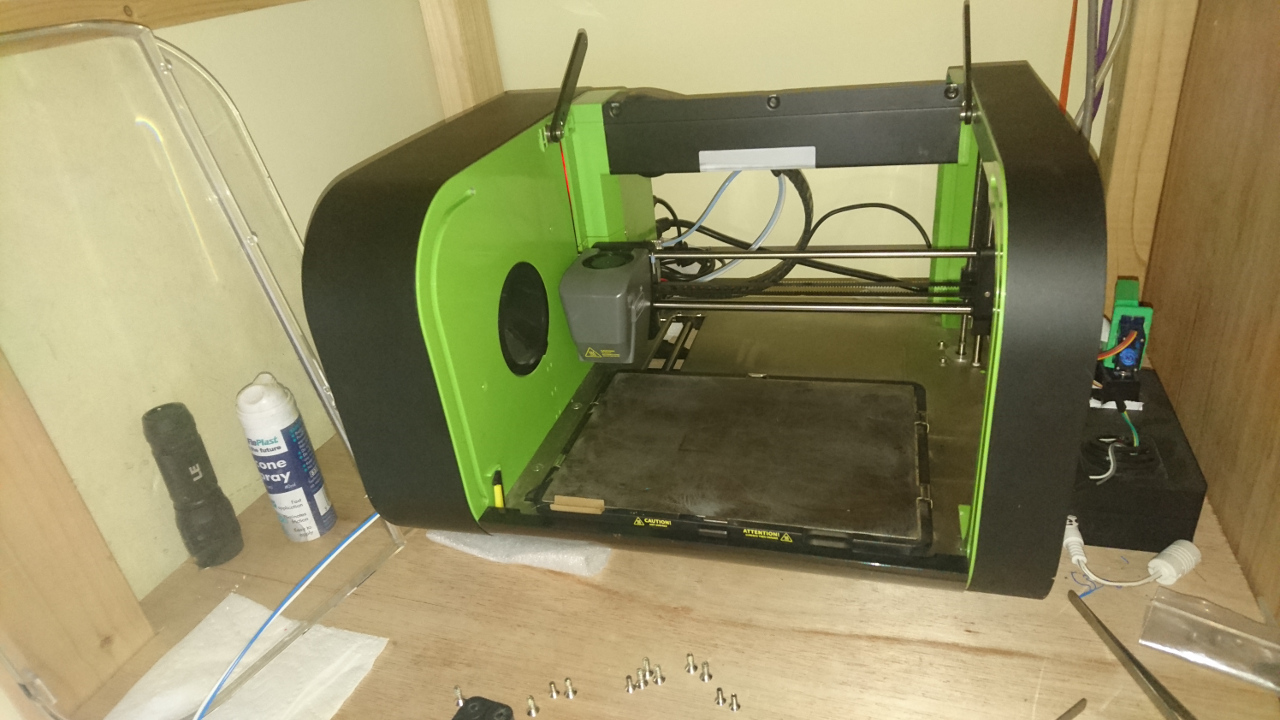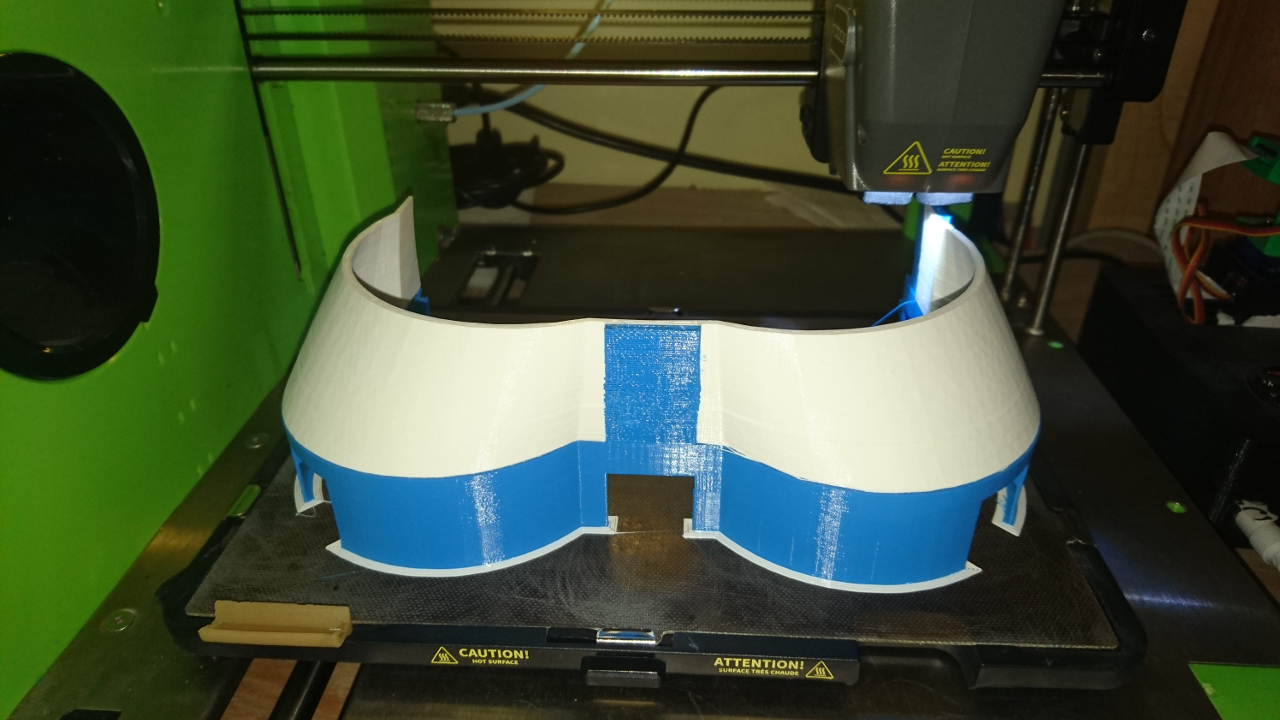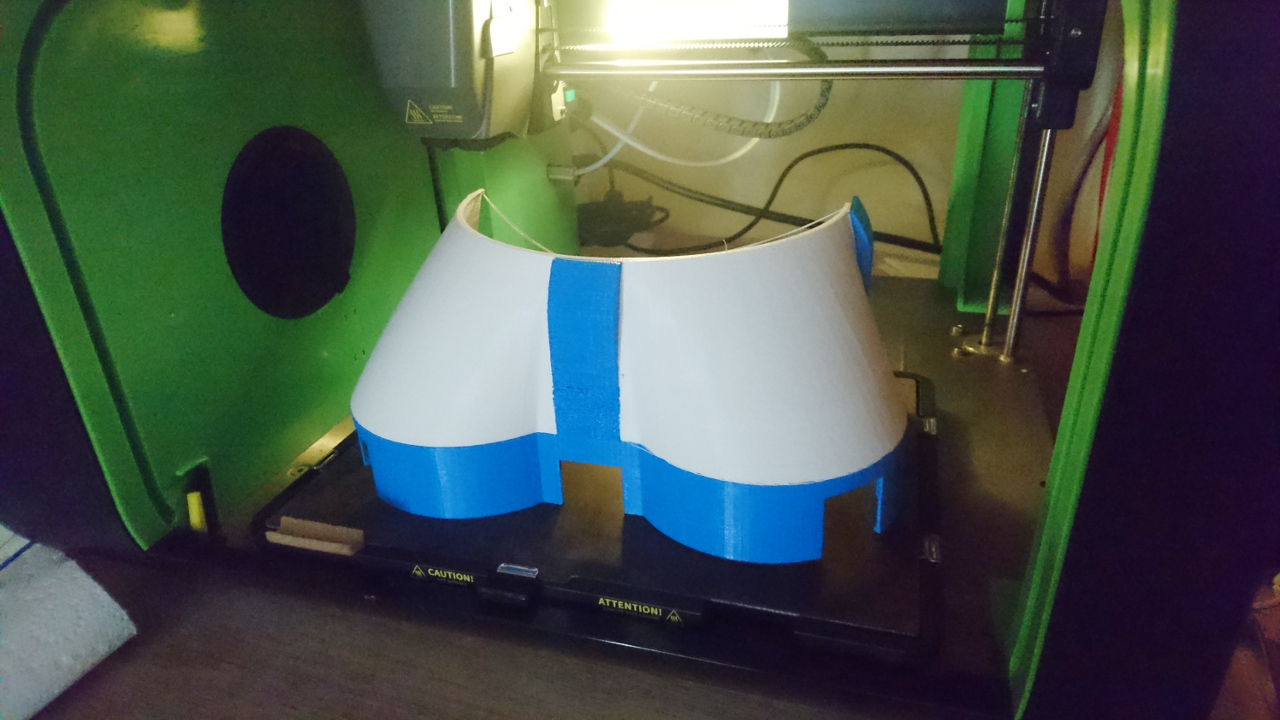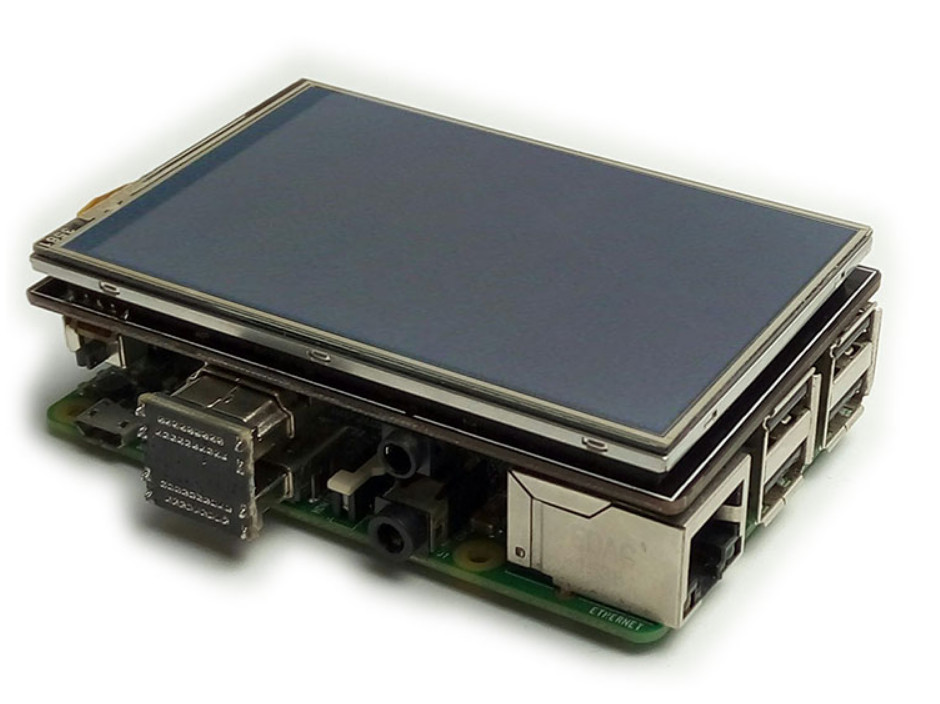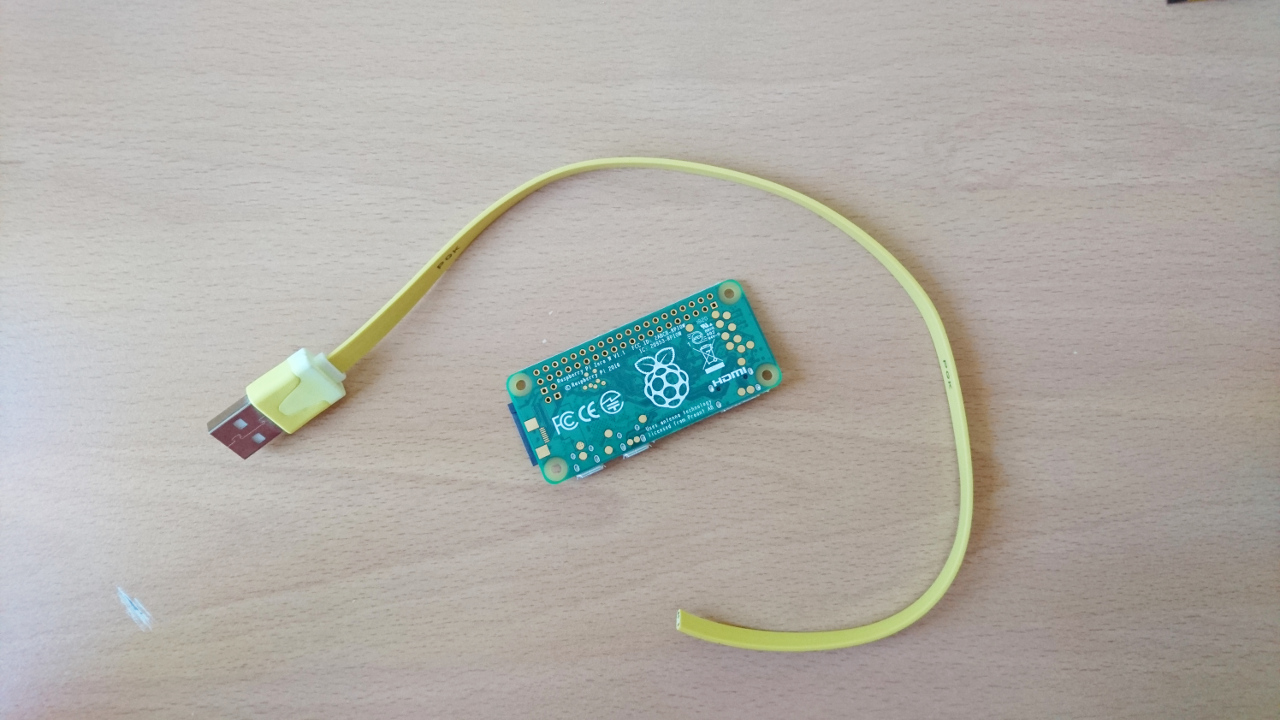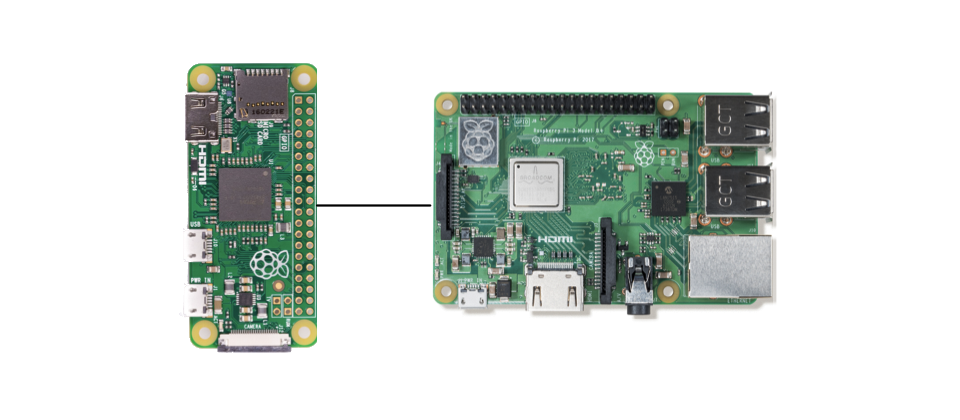Python Comprehensions
Wev've had many posts that were mainly pictures; let's have one with some code!
Over last couple of months I've got impression that some people do not regard Python as good, modern language (well it has some of the history to make some people stop and think). As any language it has its good and bad sides along with where it can be used as a really good choice and where maybe not.
Python is quite a high level programming language which had its object orientation added relatively late and some of it reflect in somewhat clumsy syntax. But, there are some other sides of Python that put is at par with other popular languages like Java/C#, Ruby, JavaScript and such. Some of it's syntax sugar is making it even better... And that's what we'll look into here: list and dictionary comprehensions.
Read more…
